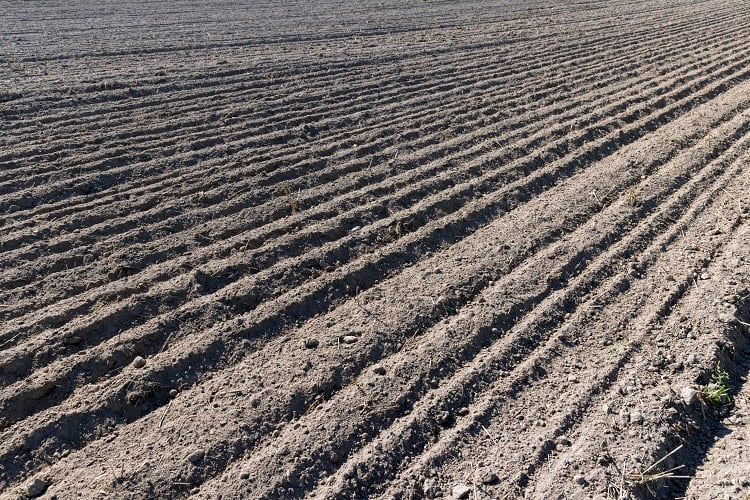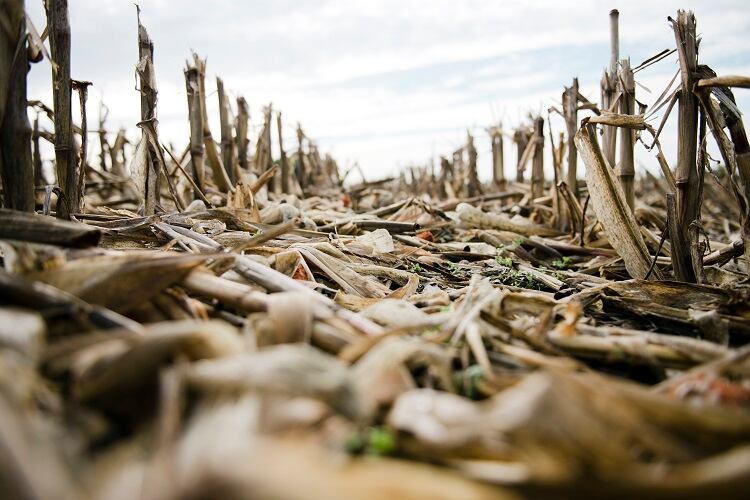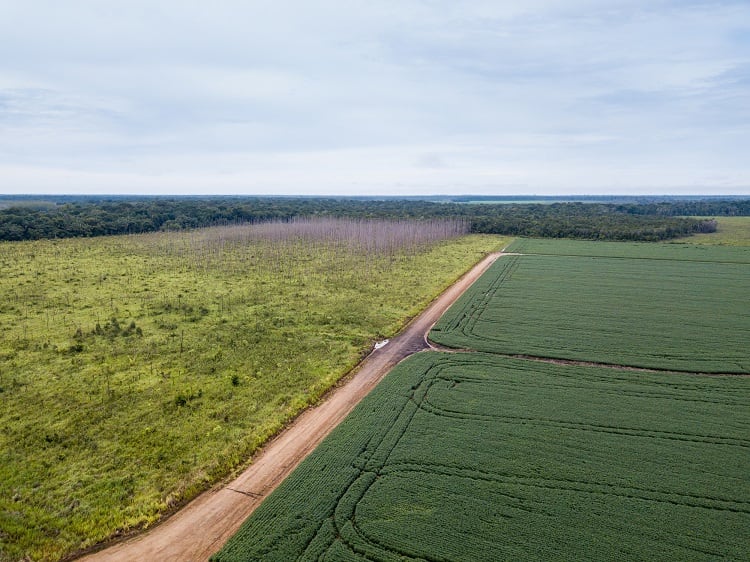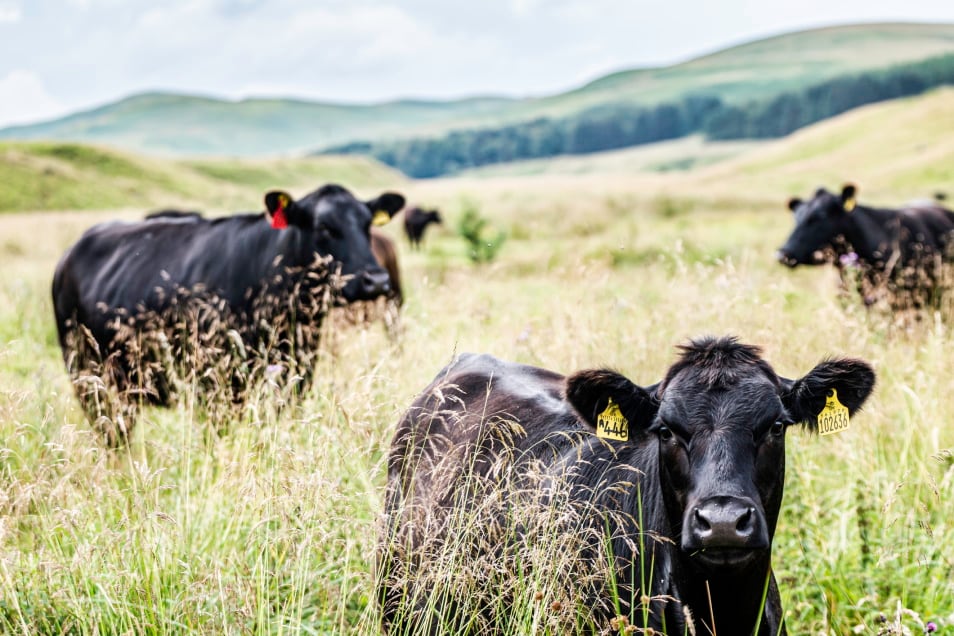Cropland is abandoned for a range of reasons. This ranges from land degradation to socioeconomic change and urbanisation to even armed conflict.
But a new study, published in Nature Communications, reveals that with the right management, abandoned cropland has the potential to provide a strong food source to counterbalance encroaching food insecurity around the world, as well as providing land for reforestation, thereby absorbing carbon dioxide emissions and mitigating the effects of climate change.
The paper grapples with abandoned cropland’s potential for these two uses, and how to balance these priorities when land has the potential for both, but one must be chosen.
Ghostland
As agricultural land expands, not only due to the increasing global population but also increasing per-capita food consumption, biodiversity is increasingly threatened and greenhouse gas emissions, due to lost forests, increase.
At the same time, cropland from around the world – ranging from Europe and Russia to Central and East Asia to the Americas – is abandoned routinely.
Between 1992 and 2020, 101 million hectares of cropland were abandoned, averaging out to around 3.6 million hectares each year. Countries with large amounts of abandoned cropland include Russia with 12.4 million hectares, China with 8.7 million, and Brazil with 8.4 million.
Reasons for abandonment range from socioeconomic changes, such as the collapse of the Soviet Union, conflict in Central Africa, poor soils in Switzerland and rugged terrain in Nepal.
Feeding the hungry
The study found that they had the potential to go to good use. When used for their original purpose – crops – these croplands could go a significant way to mitigating food insecurity.

In fact, of the 101 million hectares abandoned, the study found that over half – 61 million – was suitable for recultivation. If recultivated, using 15 major food crops, they could have the potential to feed between 292 and 476 million people each year. The land could produce up to 363 peta-calories per year.
New forests
Combatting food security is not all. According to the study, around 83 million hectares of the abandoned cropland is suitable for reforestation.
This, when used to soak up greenhouse gas emissions, could take around 1,080 tonnes of carbon dioxide out of the atmosphere, larger than the output of the state of Japan.
This accounts for an average 17% of the emissions reduction targets that 120 countries have committed to in NDCs (for context, 0.4% of the US’s and 49% of Ethiopia’s). Furthermore, it accounts for around 3-7% of that needed to reach the goal of keeping global temperatures at or below a rise of 2°C.
Weighing the opportunities
The study also suggests that hard choices will have to be made. Around half of the available abandoned cropland – 50 million hectares - could effectively be used for both crop cultivation and reforestation, posing a dilemma for policymakers.
The researchers posed two extreme scenarios. In the first, food cultivation was prioritised, meaning that 61 million hectares would be cultivated and 33 million hectares would be reforested. In the second, with climate change mitigation prioritised, 83 million hectares would be reforested and only 11 million would be recultivated for food. Other potential scenarios rest between these two extremes.
In these scenarios, the variation of the potential of recultivation to provide food is between 29 peta-calories and 363 peta-calories per year, whereas the variation of the potential of climate change mitigation is the absorption of 290 million tonnes of carbon dioxide and 1,066 million tonnes.

However, with these two scenarios, the land won’t always be used for what it can do best. For example, some land in central Africa is, while technically capable of being used for both purposes, far better for reforestation than recultivation of crops.
A third scenario, maximised combined potential, solves this issue, allocating land to either recultivation or reforestation depending on whether a pixel of land is more suitable for one or the other. This scenario has the potential to provide 79% of the maximum possible food production and 72% of maximum climate mitigation. Combined, this is higher than all other scenarios the researchers explored.
Maximising the potential
The study also explored how to maximise the potential of these abandoned croplands. For example, improving the water supply to crops from a rain-fed to irrigated condition (which could increase food production by 62%), improving cropland yields in areas with identified yield gaps through agricultural intensification (which could increase production by 40%) and halving the currently 17-34% of food wasted (which could improve food production by 16%).
If all these methods are implemented, the study predicts, the 363 peta-calories per year of food produced on abandoned cropland could be doubled to 791. Or, if enough food to reach the original amount of 363 peta-calories is produced using these methods, efficiency would increase to the point of freeing up an additional 27 million hectares for reforestation.
The study also suggests that using the cleared biomass on the abandoned cropland for biofuel would offset the negative climate effects that clearing it would engender.
While there are a range of uncertainties, such as whether crops grown for food will be used for humans rather than as animal feed, overall the study presents a wide range of benefits for the use of abandoned cropland.
“In the face of global challenges such as climate change and food scarcity,” said Dr Qiming Zheng, who led the study, “countries are often faced with the shortage of available land and the tough choice of whether land should be allocated for carbon sequestration or food production.
“But our study has found that abandoned cropland is a largely untapped resource that could help to achieve either or both aims. Nevertheless, it requires an integrative use of scientific analysis of the land suitability and achievable potentials, as well as context-specific local knowledge, to best unlock the potential of abandoned cropland.”
Sourced From: Nature Communications
'The neglected role of abandoned cropland in supporting both food security and climate change mitigation’
Published on: 28 September 2023
Doi: https://doi.org/10.1038/s41467-023-41837-y
Authors: Q. Zheng, T. Ha, A. V. Prishchepov, Y. Zeng, H. Yin & L. P. Koh





